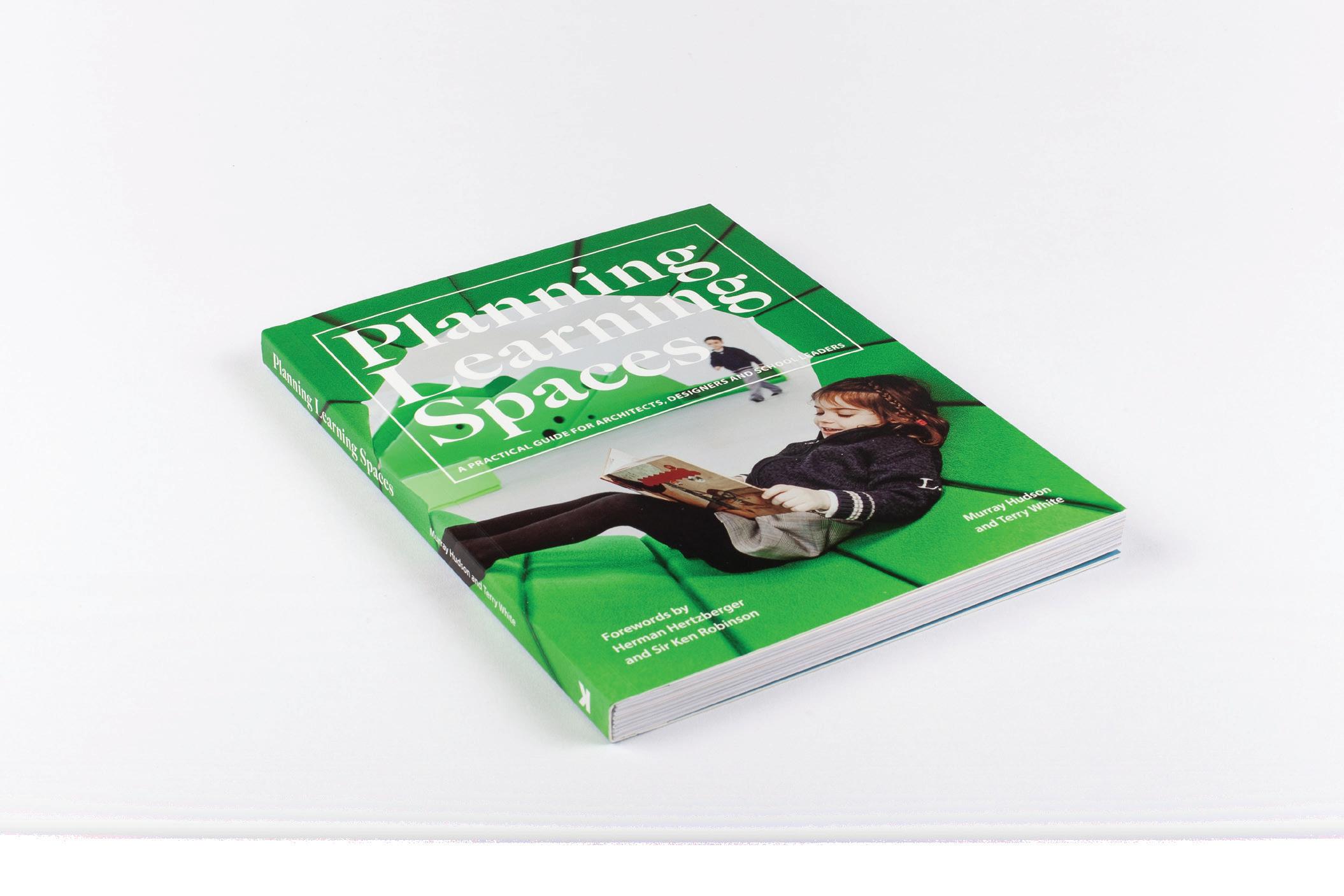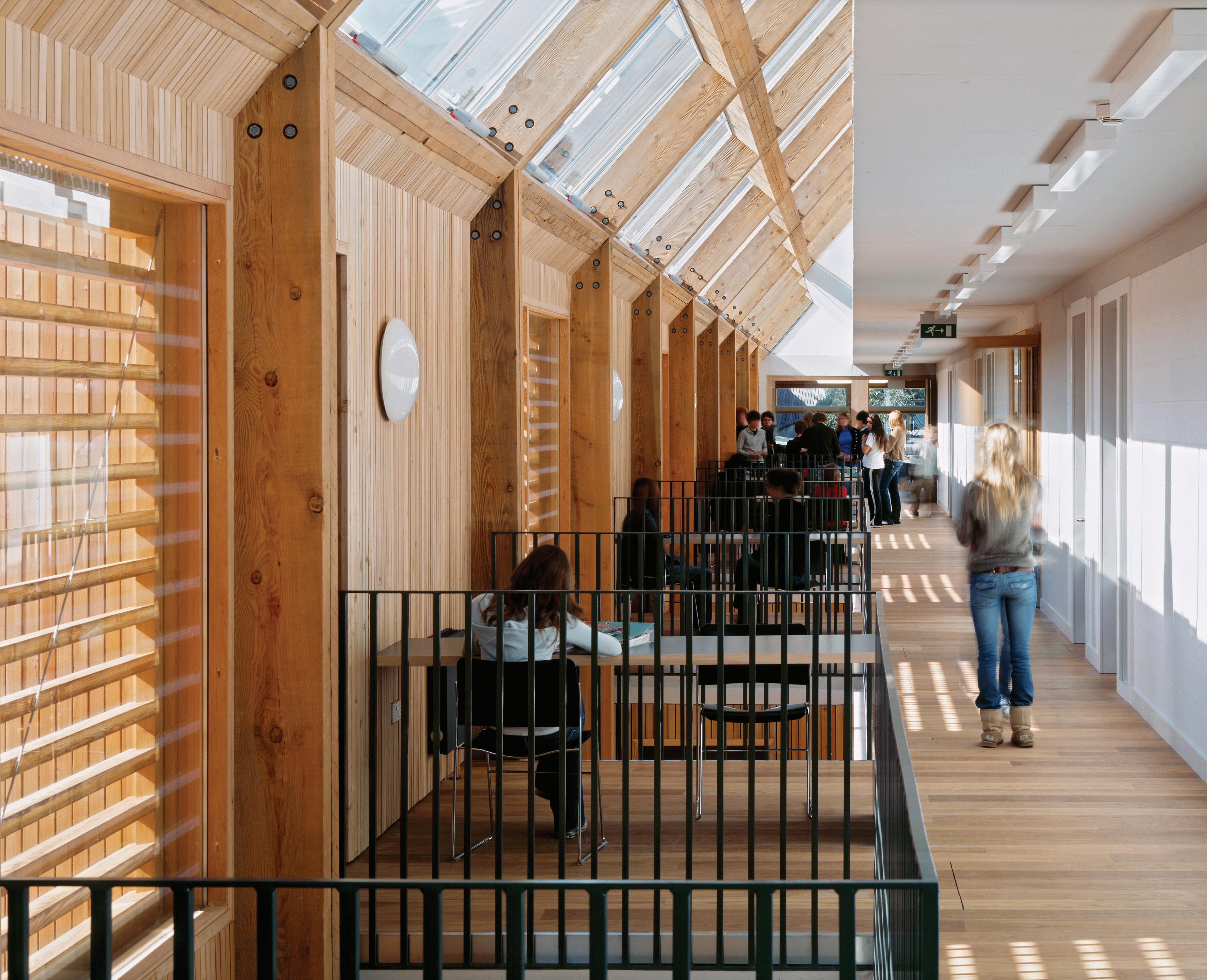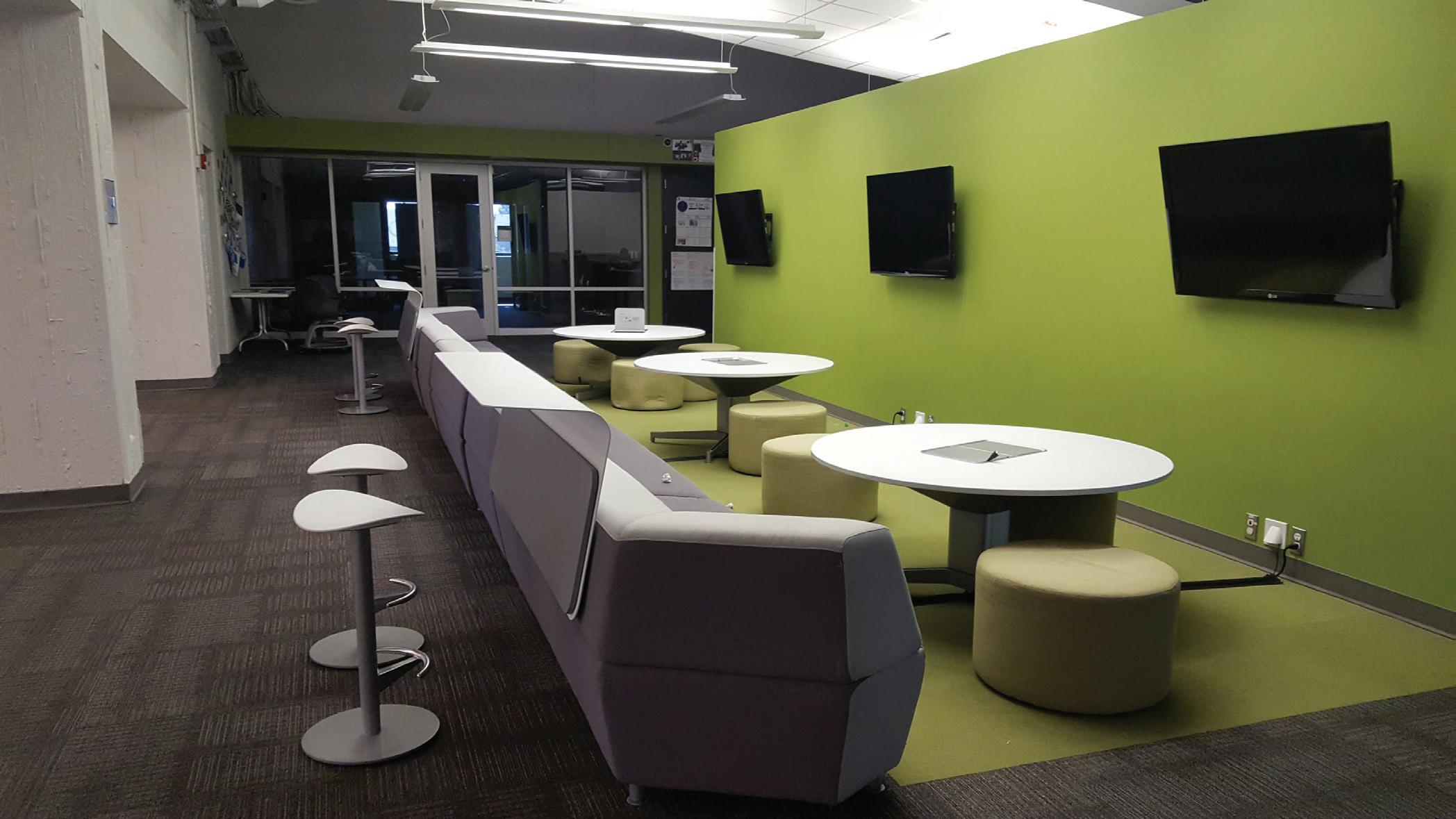
3 minute read
How to get more from corridors
Planning Learning Spaces
A PRACTICAL GUIDE FOR ARCHITECTS, DESIGNERS AND SCHOOL LEADERS
www.planninglearningspaces.com
Now available from Amazon and specialist book stores
‘ A welcome and timely addition to the subject of school design at a time of great change ‘
PROFESSOR ALAN JONES President of the Royal Institute of British Architects, 2019-21
‘ Comprehensive but also very practical approach ‘
ANDREAS SCHLEICHER Director of the Directorate of Education and skills, OECD
‘ Any community building a new school should read this book ‘
MICHAEL B. HORN Clayton Christensen Institute for Disruptive Innovation
‘ Builds a bridge from the simple to the extraordinary... awash in opportunity and inspiration ‘
PROFESSOR STEPHEN HEPPELL Chair in Learning Innovation at Universidad Camilo José Cela, Madrid
making the most From the school Corridor
Dr Robert Dillon, leading education space designer, explains how.

As designers of space, it is essential that we see all space as a potential place to guide learning. Students are learning every moment of every day. They are refining their ideas and beliefs. They are adding to their understanding of the world. Some of these moments are guided by parents, teachers, and mentors while other moments remain under the sole direction of the learner. In schools, we have focused for a long time on the power of classroom design as well as areas such as libraries, learning labs and playgrounds. But as we look more comprehensively at space, it is clear that the area dedicated to corridor space in many schools shouldn’t be ignored. It needs to be designed with intention. Consider the ideas below that have been shown to be effective in turning hallways into more structured spaces for learning.


Tell the history/explain the science Every space has a history, but the new often obscures the past. Many schools unearth the history of the school through displays and plaques. These efforts often fade into the space and become invisible, but creating a living ‘history tour’ throughout the building via excellent signage can be a way to unpack the past so that students understand the context of the space in which they learn. These signs can answer questions about what was on the land before the school, why the school has its name, the different phases of building construction, details about the first students who went to the school and so many other facts that grow a community understanding of the school. This can also be done for the science behind the building. Signs would include the details of efforts to be sustainable with energy, water, recycling, and more. These efforts create a greater sense of community within the school and beyond.
Displays as a storytelling device What is the non-verbal story of your school? When someone walks around the building after the bell, what do they see? Hallway displays can help shape the learning narrative of a school. Some of these provide a glimpse of the hard work of the school pupils and staff. Yet others feel like they have been filled for the sake of avoiding blank space. Consider a display strategy based on mission and purpose. What three or four concepts do you want the displays to represent? Think about having the right mix of static, dynamic and digital displays. Static displays allow you to anchor your message with language and objects that have a life span of three to five years. Dynamic displays showcase the hard work of students, including images of students learning. They are designed to remain alive and fresh for our frequent visitors to the building. Digital displays allow you to showcase the true essence of the school through images and video. Many schools have a single digital display, but consider a more wide-ranging strategy that includes displays throughout the building that are text-light and image-rich.
Growing the tactile nature of the space What is good for the students on the edges of formal learning is almost always good for all kids. This is especially true for adding tactile elements to the design of hallways. Many students that move through the hallway with their hands touching the wall are looking to reset and reorient their balance. By providing opportunities for tactile interaction in the hallways, schools can support a variety of student needs.








